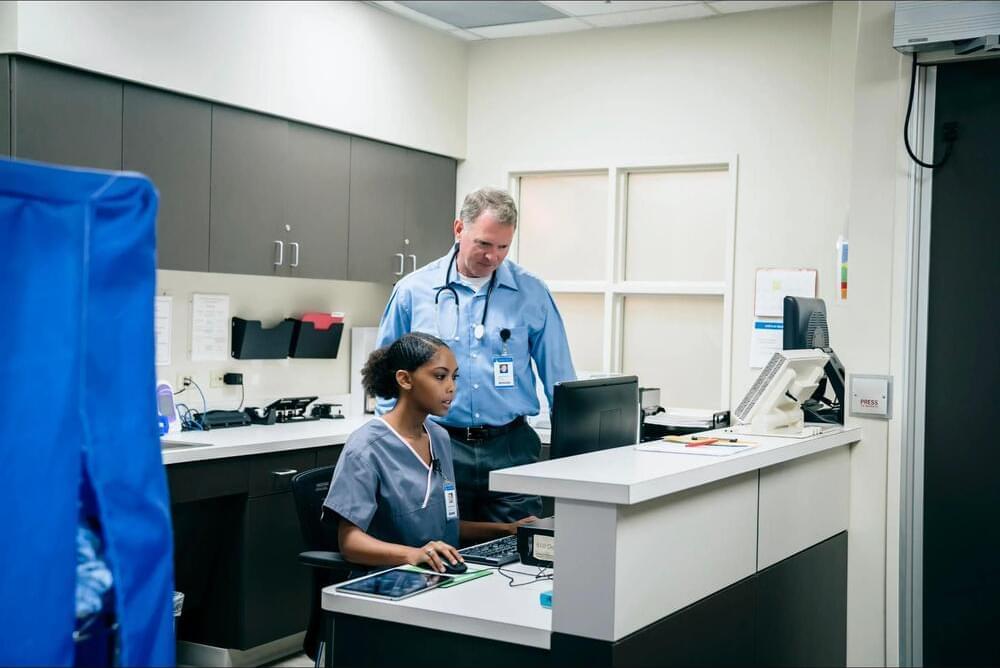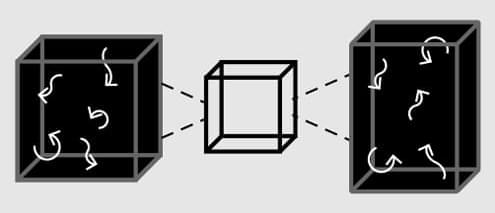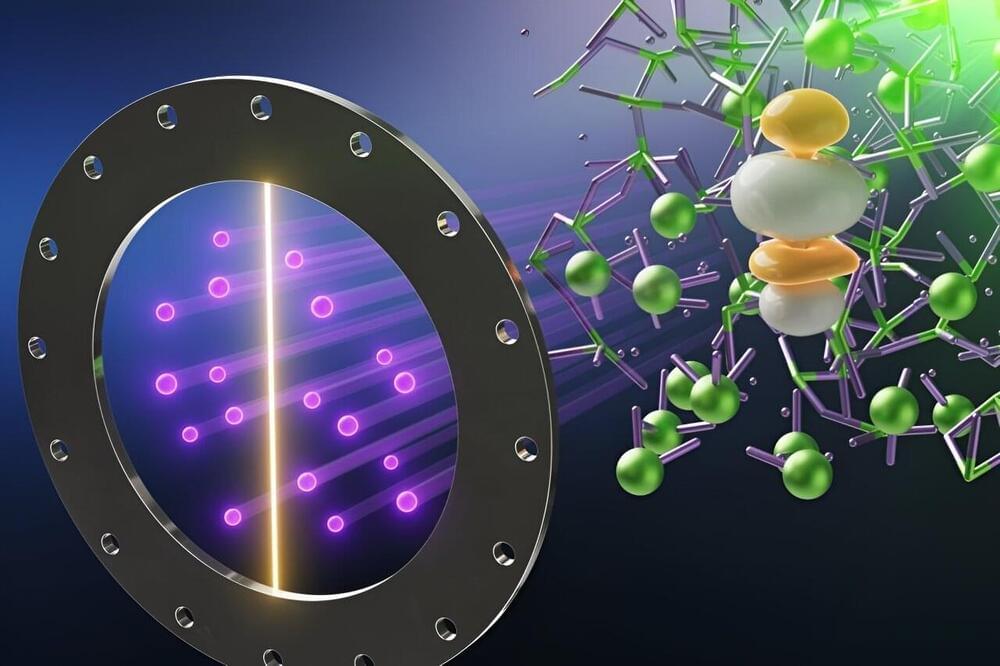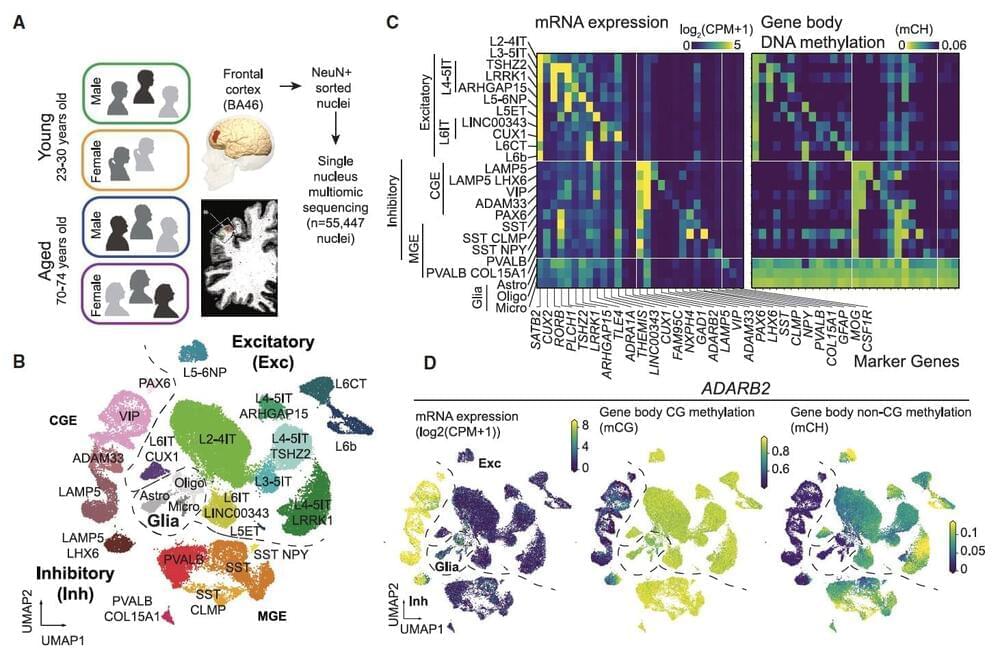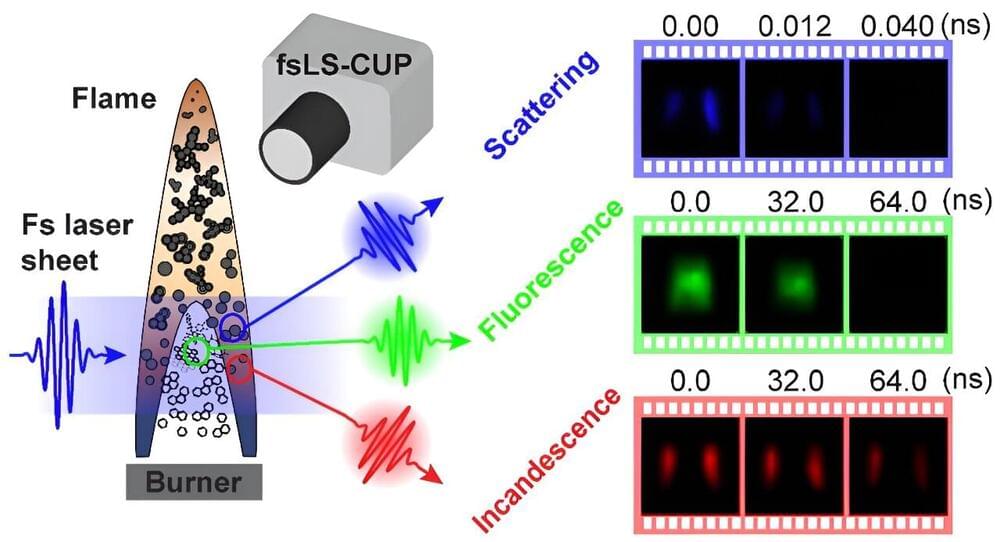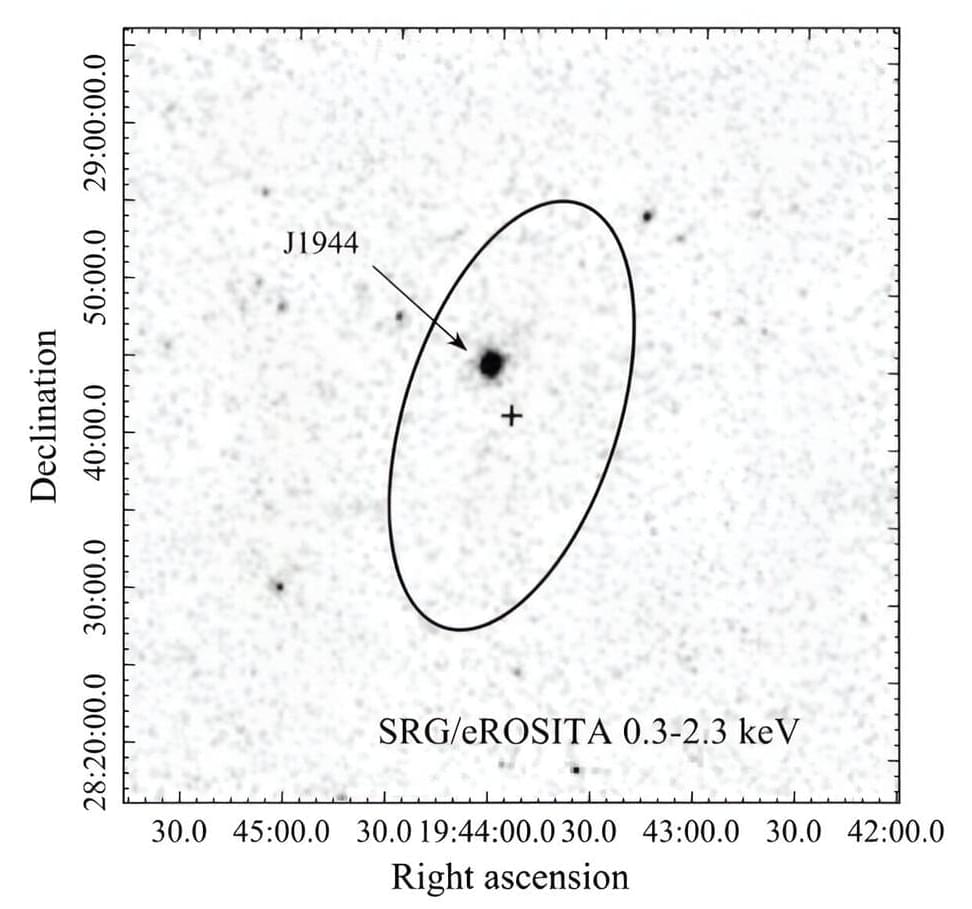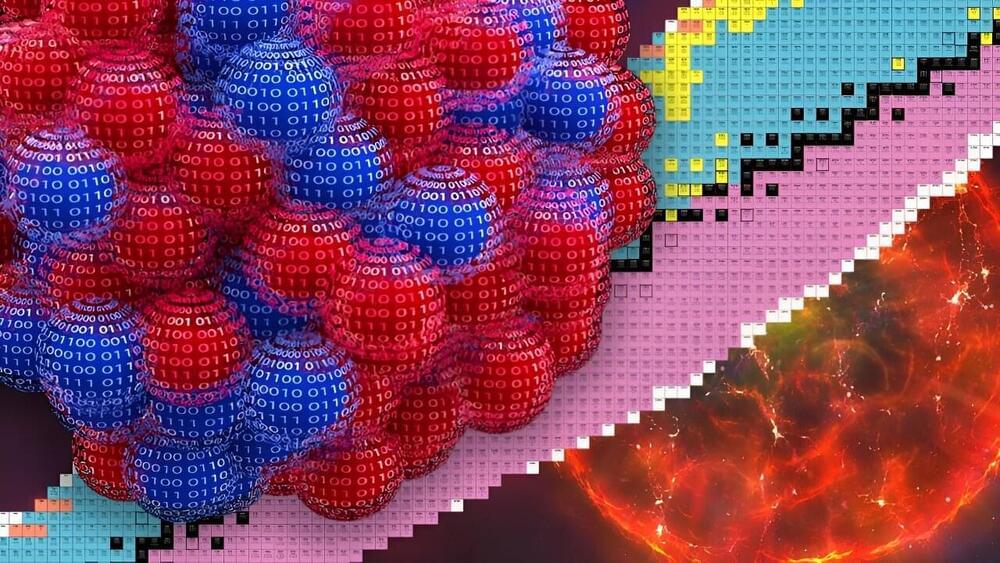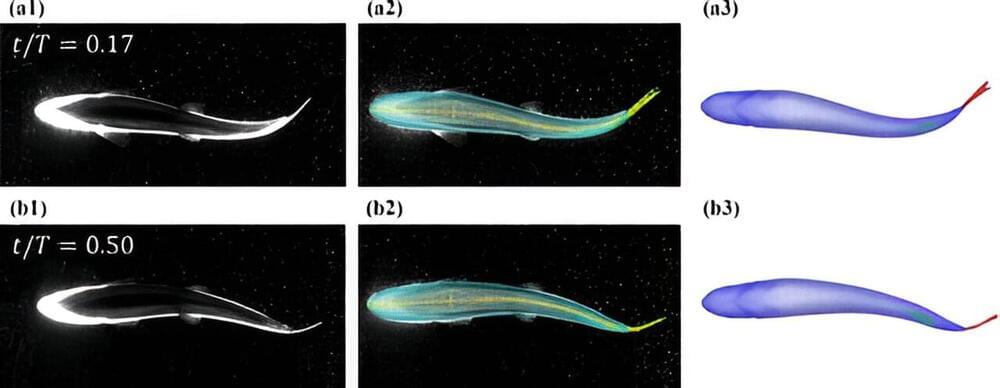IT is the backbone of modern healthcare, from patient records and medication management to diagnostic equipment, networking and communication systems. These healthcare IT professionals play a pivotal role in ensuring the accuracy, security, reliability and accessibility of health data. Hospital IT professionals also ensure that the technological backbones of these hospital systems operate correctly.
They ensure that doctors have real-time access to patient information, nurses can track medication schedules accurately and communication between departments is fluid and efficient. Without this critical support, the efficiency and safety of patient care is severely compromised. Simply put, the work of hospital IT teams is vital to the smooth operation of hospitals.
It is fair and appropriate to say that hospital IT teams are unsung heroes. The nature of working in IT is to keep everything running smoothly at all times. These dedicated, talented and hardworking IT experts are often ignored unless the infrastructure is not working or has failed. Nobody notices when hospital IT systems are operating properly; the IT teams only get noticed when things go wrong, and typically receive negative attention.
